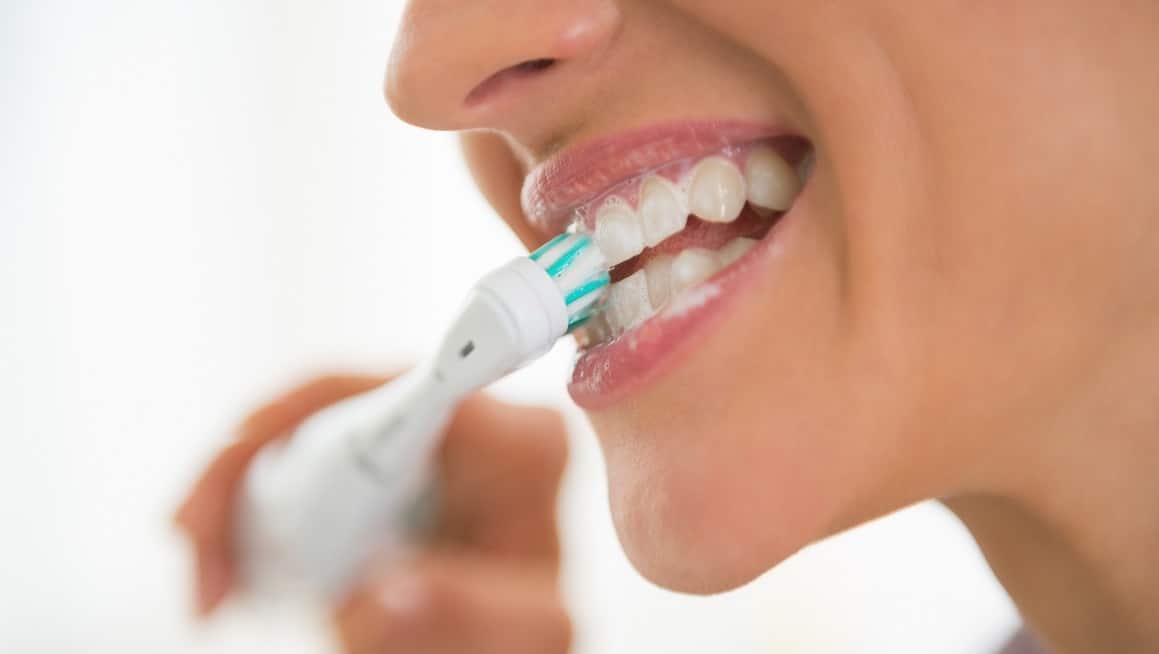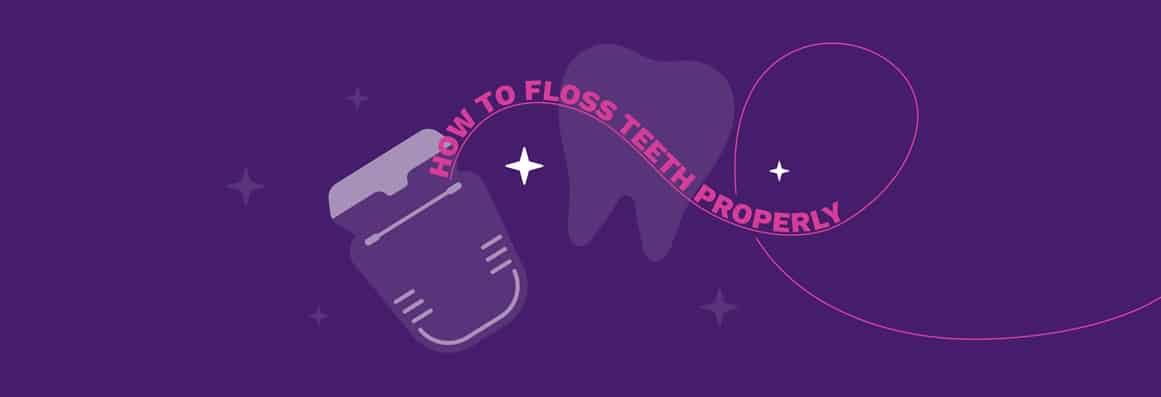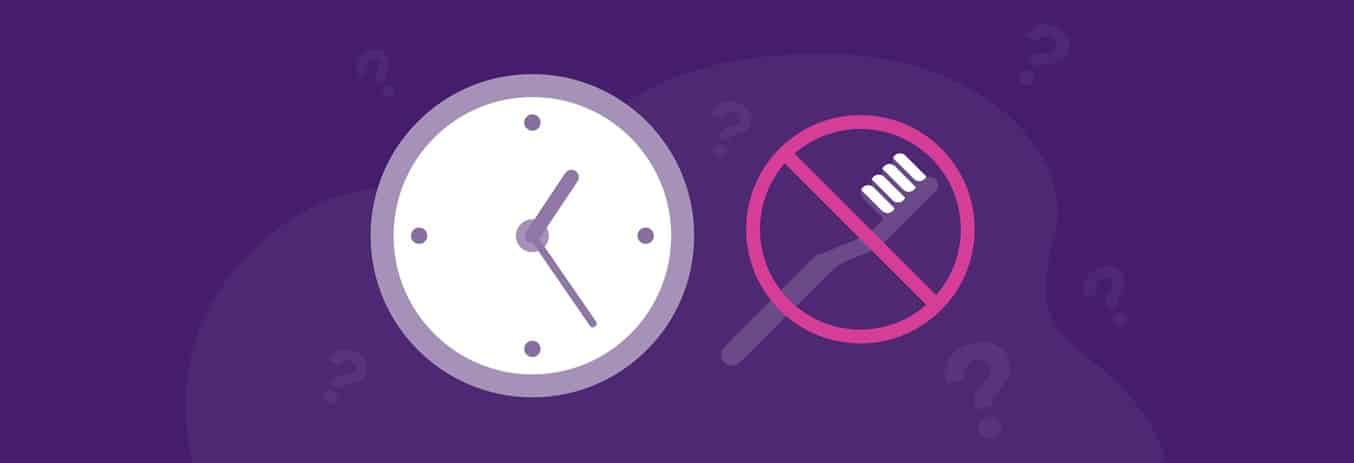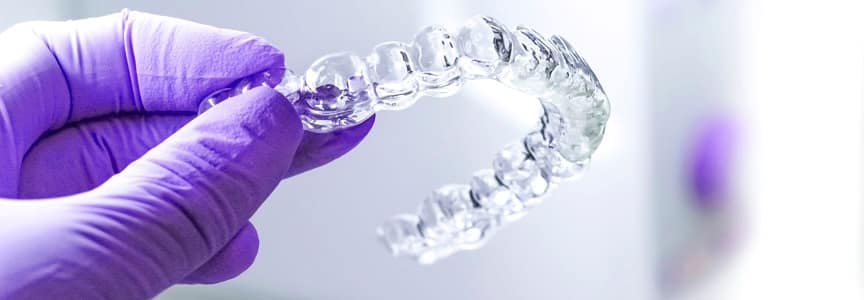13 Simple Teeth Brushing Tips

Most of us think that if we brush our teeth — and remember to floss! — we’re doing all we can to keep our mouths healthy for years to come. Although that’s mostly true, there’s still more you can do for your oral health. From deciding which toothbrush to use to what kind of toothpaste is most effective, check out our tooth brushing tips below.
1. Start with the Right Type of Toothbrush
If you want to clean your teeth effectively, you need to start with the right toothbrush. This post focuses on manual and electric toothbrushes as they’re the most common types of toothbrushes. However, be sure to look at our blog post on types of toothbrushes to learn if your oral health could benefit by using another type of toothbrush in addition to what you currently use. After all, sometimes is necessary to use more than one type of brush.
2. Use an Electric Toothbrush Instead of a Manual Brush
Studies, including one from the NCBI,¹ have proven that people who use electric toothbrushes have healthier gums, fewer instances of tooth decay, and maintain the integrity of their teeth for longer than those who rely on manual toothbrushes. Because they also help inhibit aggressive brushing, electric toothbrushes are often advised for people with braces, gum disease, or other sensitivities.
3. Use the Right Brushing Technique
You’re off to a great start by brushing with an electric toothbrush, but you want to make sure you’re using the right technique. Refer to our blog post on how to brush your teeth to learn the correct angle, direction, and more for your daily brushing routine.
4. Avoid Brushes with Hard Bristles
When choosing a toothbrush, we recommend one with a soft or extra-soft bristle head. Hard, or stiff, bristles can damage your tooth structure and be harsh on your gums. There’s a demand for hard bristles because many people mistakenly believe they’re more effective than soft ones. It’s also easier — and more profitable — for manufacturers to produce them instead of educating consumers on why they shouldn’t use them.
5. Apply Gentle Pressure
Many people think you need to apply a lot of pressure when brushing your teeth to achieve a proper cleaning. But too much can wear down your enamel and cause your gums to recede. Instead, apply gentle pressure by allowing the toothbrush to do most of the work. An electric toothbrush makes this easier to accomplish, so you might want to consider switching from a manual one if you haven’t already done so. Some electric brushes, such as Sonicare, even come with pressure sensors.
If you prefer using a manual toothbrush, you can achieve the proper grip by holding the brush with your fingertips instead of your entire hand. It might seem strange at first, but it will soon feel natural if you stick with it.
6. Brush Twice a Day
The American Dental Association (ADA) recommends brushing twice a day for two minutes each time with fluoride toothpaste.² To help prevent cavities, never go to sleep without brushing your teeth first. Brushing twice a day can also help whiten your teeth by removing food and drink residue that can lead to plaque and tarter. If you’re interested in obtaining whiter teeth, check out another one of our blog posts that offers some great teeth whitening tips.
7. Don’t Forget to Replace Your Toothbrush
We suggest replacing your toothbrush every three to four months, but you can change it more often if you were recently sick and want to avoid reinfection. We also suggest replacing your brush sooner if you notice bristle wear.
8. Use Fluoride Toothpaste
Yes, the ADA has recommended using fluoride toothpaste since the 1950s. Long-deemed safe and effective, fluoride strengthens the enamel and prevents tooth decay.
If you prefer a non-fluoride option, studies have determined that toothpastes containing hydroxyapatite can rebuild lost enamel. Hydroxyapatite is also an excellent choice for medical patients who have difficulty using fluoride, such as those with thyroid issues.
9. Wait to Brush After Consuming Acidic Foods and Drinks
Because acidic foods and drinks — like tomato sauce and orange juice — can soften enamel, it’s best to avoid brushing your teeth for 30 minutes after intake while your enamel is weakened. Instead, swish water around your mouth to help neutralize the acids in the meantime.
10. Avoid Overbrushing
Regular brushing is the key to healthy teeth and gums. However, excessive brushing — more than three times a day — can cause receding gums, teeth abrasions, and sensitive teeth.
11. Don’t Rinse After Brushing
If you use a toothpaste with fluoride or hydroxyapatite, it’s best to spit it out instead of rinsing it from your mouth with water after brushing. Rinsing washes it from your teeth and reduces its effectiveness. It’s perfectly safe to leave trace amounts of fluoride or hydroxyapatite behind, especially since you’re only using a pea-sized amount of toothpaste.
12. Floss Before — Not After — Brushing
We believe you should always floss before you brush. We also believe you should rinse after you floss to help remove loose particles from your mouth before you brush your teeth.
13. Always Floss
Yes! The ADA recommends cleaning between your teeth once daily with dental floss or an interdental brush. Brushing without flossing is only about 60% effective in cleaning your teeth; that’s because teeth consist of five surface layers and brushing alone addresses only three of those layers.
Flossing also helps prevent gum disease and helps maintain your overall health.
Summary
It takes only a few slight changes and developing some good habits to keep your teeth healthy for a lifetime and enjoy a confident, vibrant smile. Consider the above tips for your brushing regimen so that your teeth — and your dentist — will thank you for it!
References
-
- Jain, Y. A comparison of the efficacy of powered and manual toothbrushes in controlling plaque and gingivitis: a clinical study. nih.gov. Retrieved November 8, 2023, from
https://www.ncbi.nlm.nih.gov/pmc/articles/PMC3652371/. - American Dental Association. Toothbrushes. ADA.org. Retrieved November 8, 2023, from https://www.ada.org/resources/research/science-and-research-institute/oral-health-topics/toothbrushes.
- Jain, Y. A comparison of the efficacy of powered and manual toothbrushes in controlling plaque and gingivitis: a clinical study. nih.gov. Retrieved November 8, 2023, from




